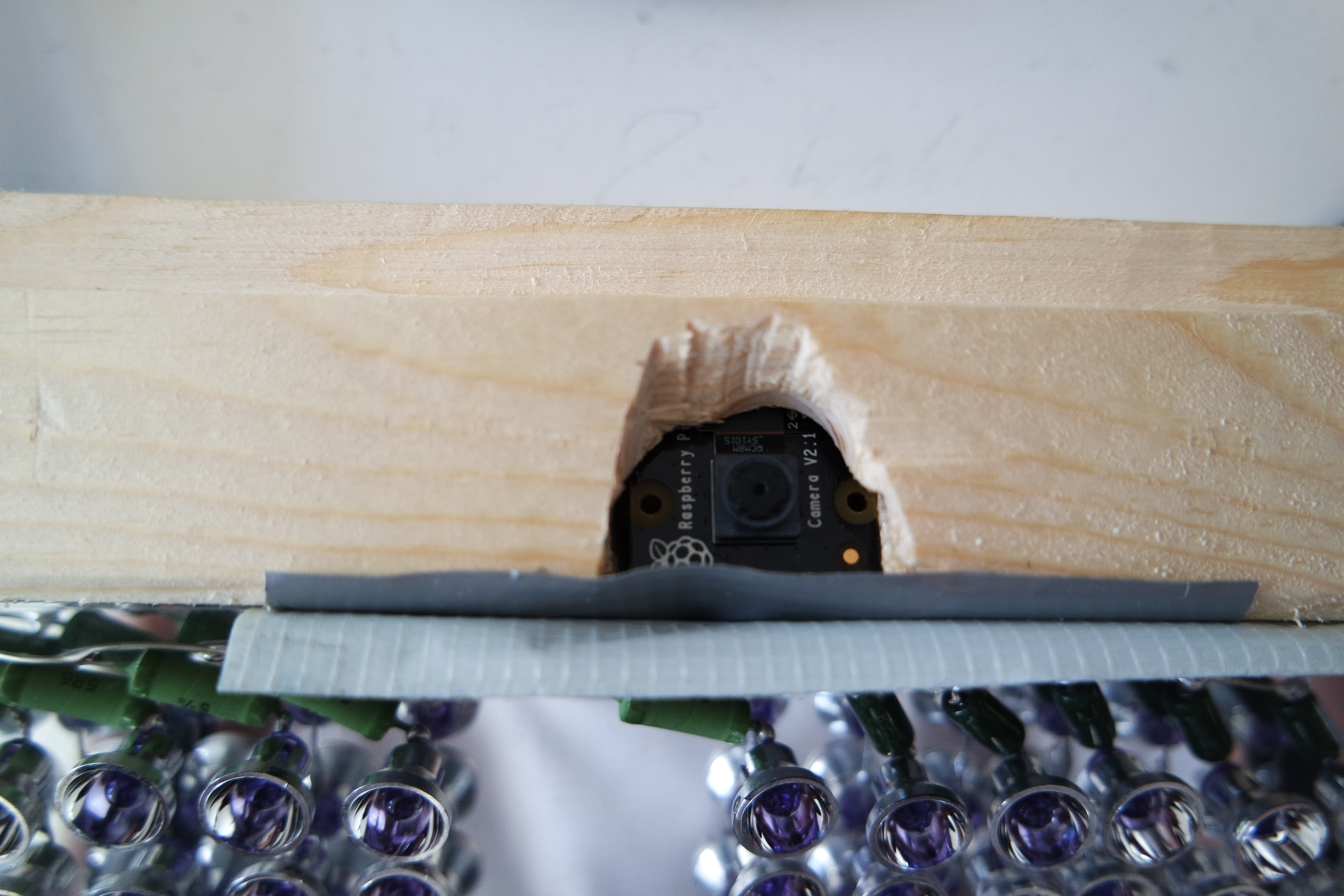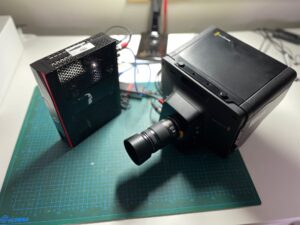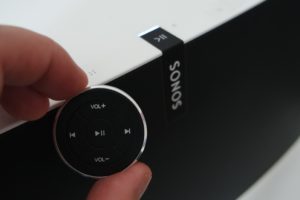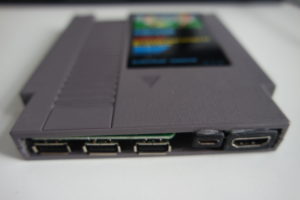The Camera
One of the first modules for the magicmirror framework I had to try myself, was the face-recognition module by paviro. After experimenting some time with the software I was fully convinced. The Mirror needed a camera.
For keeping the ‘magic’ in the mirror, It’s was not an option to mount the camera outside the frame. A grave and not so easy decision as stated out during the further tests.
The mirrors final location is in the windowless doorway. Most of the time no natural lighting helps the camera to make sharp and contrast shots. Maybe an IR version of the raspi camera module could do this tough job? Yes it can, but of course …. it needs infrared light.
Light – even infrared of course – get partially reflected by the two way mirror. Surprise.
So to get the same brightness for a camera behind the mirror you need more like 60 % ‘more’ light than camera outside would need.
But obviously every light emitted by a lamp behind the mirror suffers from the same effect in brightness.
This wasn’t unsolvable, but as I was totally convinced everything had to find its place within the frame it was a tough lesson I had to learn.
With a thin mirror as planned – and a frame already ordered – there was no way integrating a custom infrared spotlight within the mirror. So I decided to try my luck with infrared LED. And hey, why not reflect the light, which was reflected by the mirror again.
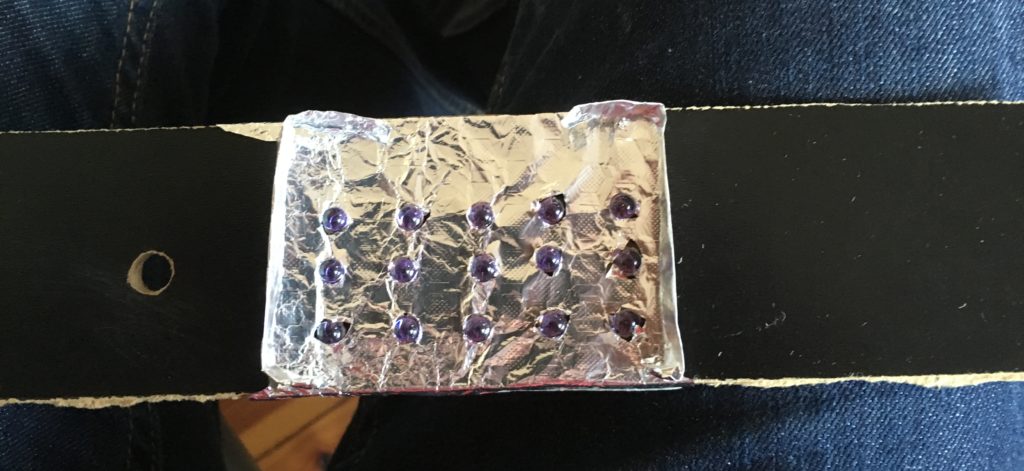
So first attempts were made using aluminium foil as ‘re-reflector’. Better but far away from a good image in a near dark environment.
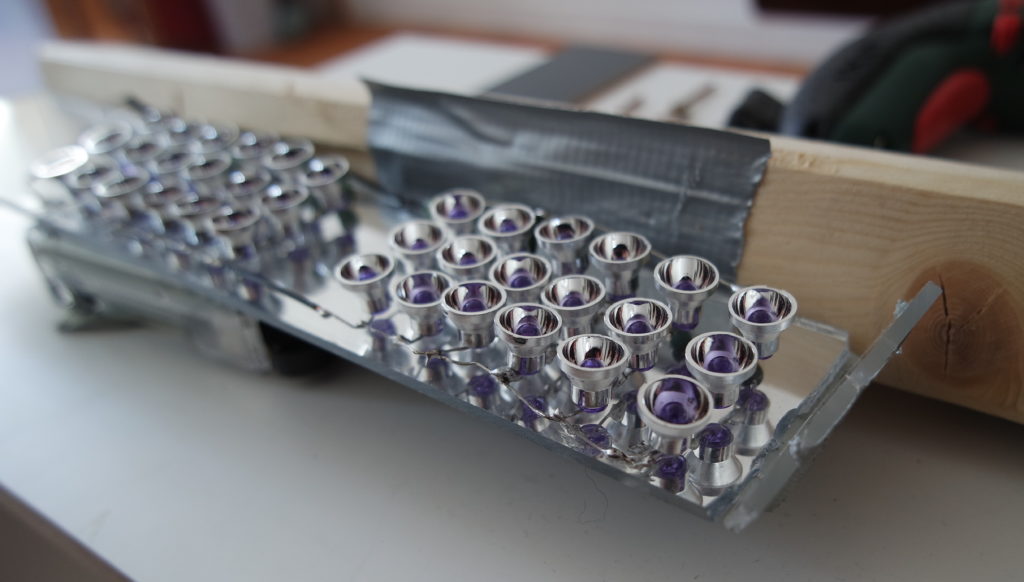
Finally I decided to maximize the number of LEDs with an overall voltage consumption of nearly 12V by two matrices of 3 X 6 spots around the camera. Each LED has a reflector itself to focus in the forward direction.
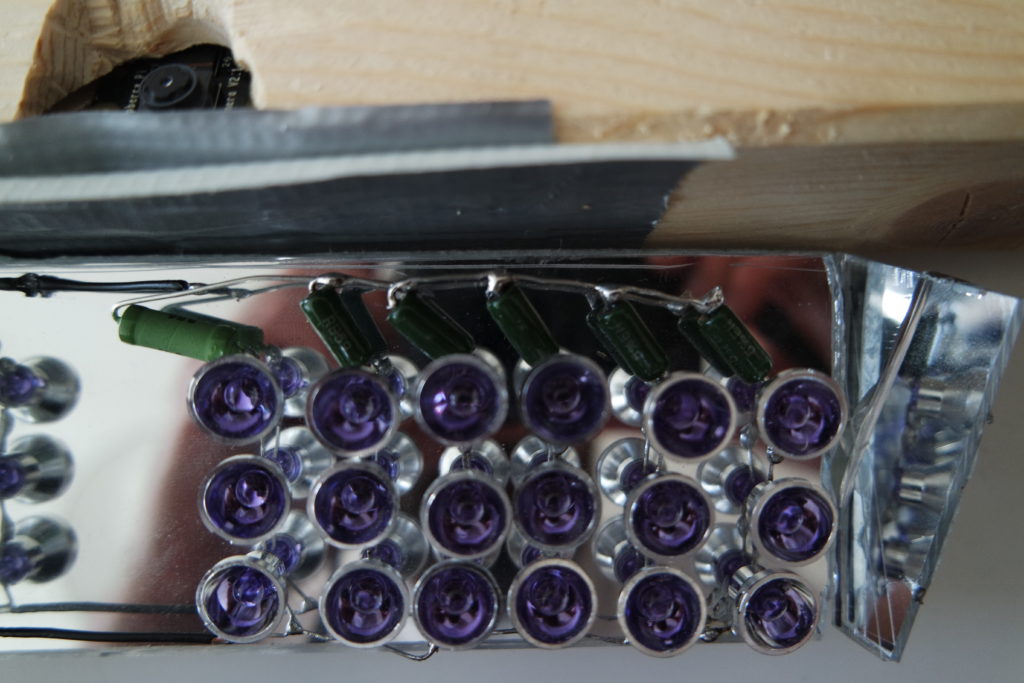
As the camera is mounted on top of the screen, lights and camera are positioned in an angle of 45° to capture the face of the person viewing in the mirror.
Very helpful for positioning and lights in this position was a acryl mirror behind the led, with an right angled outside part.
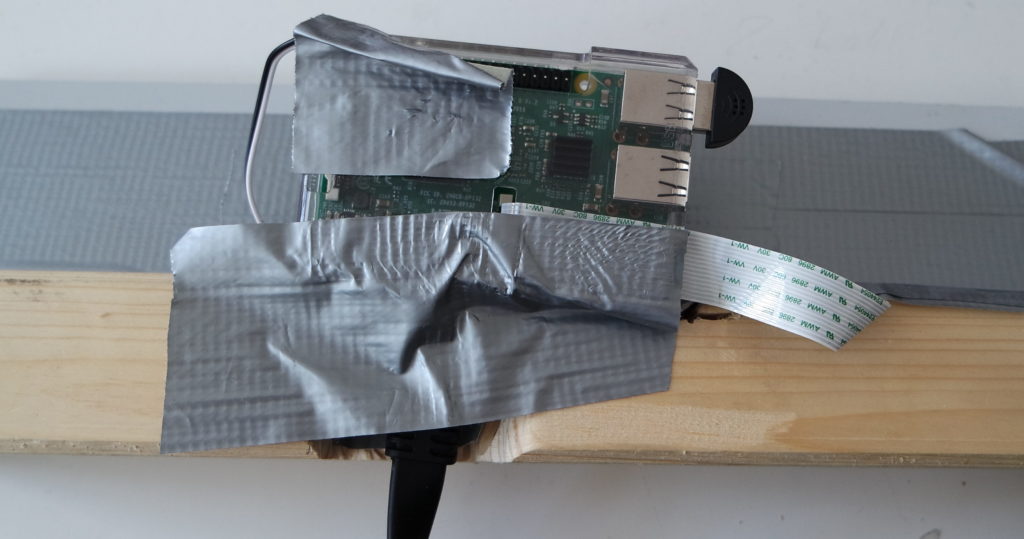
The camera itself is connected to the raspberry Pi and was mounted in the wooden bar which is fixing the frame on the monitor.
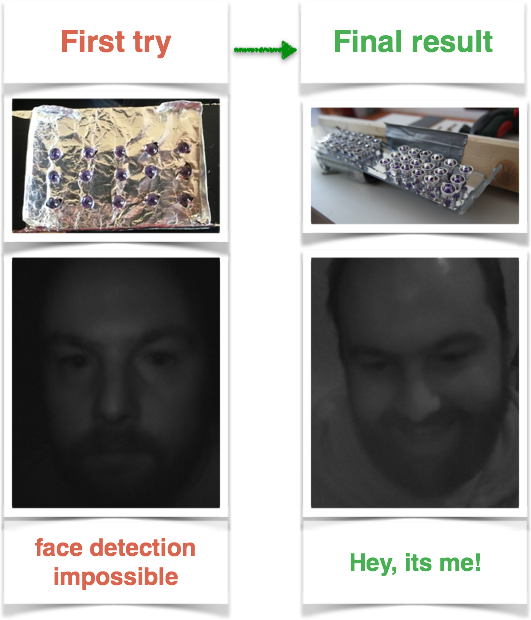
Finally was able to receive bright pictures which were usable for recognize persons behind the mirror.
Time to start the real fun part: The Assembling
